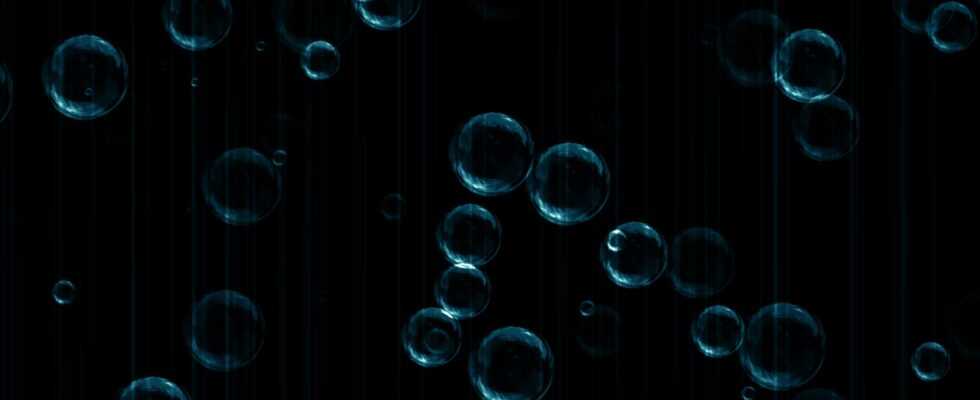The archaea species Nitrosopumilus maritimus is widespread in the oceans, where it meets its vital needs by oxidizing ammonia to nitrogen. That is why it is mainly found in oxygen-rich regions of the oceans. However, it also survives in the dark areas of the deep sea – and surprisingly well, which science has not yet been able to explain. But a working group led by Don Canfield from the University of Southern Denmark was able to solve the riddle, as she writes in “Science”: The microbe actually produces oxygen itself without photosynthesizing.
The team actually wanted to find out the minimum oxygen content up to which the microbes are still viable. They therefore placed them in airtight containers that could not be penetrated by light, and then artificially reduced the oxygen content of the water. Canfield and Co. wanted to simulate part of the living conditions in the deep sea. The archaea then used up all of the remaining oxygen to maintain their metabolism. But then its concentration in the tank began to increase again: the microbes produced the gas themselves.
How they succeeded is still unclear. However, the working group is certain that it must be a completely new generation path. So far, we know of three possible processes by which oxygen can be created in the dark without photosynthesis. But none of them seem like that of Nitrosopumilus maritimus the scientists are convinced. This is because the microbes produce both oxygen and nitrogen oxides, which has not yet been observed in this combination.
Since ammonia oxidation is more common among archaea, this type of metabolism with simultaneous production of oxygen could also occur more frequently, the researchers suspect. However, it is completely unknown whether it plays or has played a major role in the enrichment of the gas in the environment.
